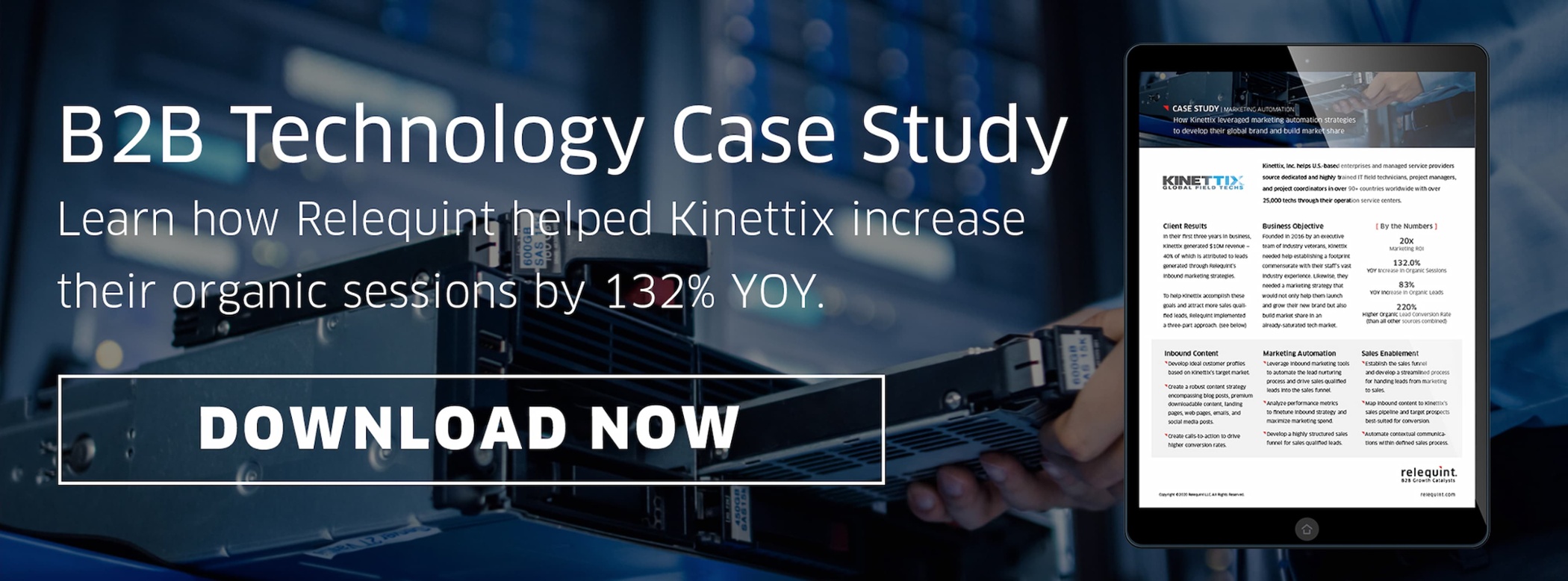Ninety-three percent of online experiences begin with someone typing a query into a search engine. When customers arrive at the search engine results page (SERP), an estimated 67.6% of clicks will go to the top five results on the page, meaning that sites that want to secure organic traffic will struggle considerably more if they cannot get their site to appear high on the SERP.
Search engine optimization (SEO), therefore, can have a powerful impact on how brands interact with their potential customers and their lead generation efforts. However, many brands worry about the financial investment they would need to see quantifiable results in their digital marketing.
Fortunately, there are a variety of strategies that brands can leverage to help them build strong SERP rankings without having to worry about overrunning their budget. We will discuss some of the most important that you can start to implement in your B2B marketing strategy immediately.
Take advantage of Google Analytics
Google offers a free, extremely helpful tool in their Google Analytics program. By registering and tracking your site, you will gain considerable insight into how customers interact with the brand. You’ll see which pages customers spend the most time on, the links that send them to your site, and how people behave once they arrive at the site.
For example, you’ll be able to track how many new versus return visitors you get and how many people click from their landing page to another page versus those that immediately bounce off.
This information helps to take the guesswork out of your SEO. Rather than wasting time and resources producing endless material or wondering which parts of your SEO strategy work and which ones don’t, you can now make data-driven directions.
Focus on new content production
When it comes to B2B technology marketing, fresh content will play an important role in inbound marketing. You want to effectively engage your customers by answering their pain points, responding to them, and building that emotional connection so that they feel they can trust you to address their needs.
Use the insight you gain through Google Analytics to produce content that will resonate even more with your customers. Look at the types of material they currently appreciate the most to gain better ideas about the keywords and topics you want to target moving forward. See the style of content that has the most dramatic impact on the SERPs, such as infographics, videos, or text-based content. Above all, focus on producing quality, helpful content that customers will enjoy reading.
Improve internal links
When you get people to land on your website, you want them to stay on the site and engage with what you have to say. This engagement will help you lay the foundation of a relationship and encourage them to trust you. SEO efforts involve internal site mechanisms that encourage people to remain on the site and boost your on-site engagement.
Therefore, an excellent, free way to improve your SEO revolves around your internal links. Creating desirable links that encourage people to move from one page of your site to another will help build your relationship but also boost your site engagement metrics, which further benefit rankings.
Try these techniques:
- Create clear and alluring CTAs for your content to encourage click-through.
- Work on developing gated assets, such as white papers, that will offer people something to worth receiving, so they provide you with valuable contact information
- Improve links throughout your content so that customers have multiple, relevant opportunities to click through to other content they might like
Review your existing content for areas to improve
Next, take the time to review your existing content. The insight from Google Analytics will help you see which content performs the worst. You can identify the content that customers don’t seem to engage with, which can help you better determine the reason why and if you can do anything to fix it.
For example you might find that the content is out-of-date, in which case a refresher of the material can help improve its performance. Other content might be poorly written and no longer relevant and thus hold little potential for the brand.
As you go through your content, make sure you take advantage of key on-page SEO best practices to boost the visibility of your material.
- Have a keyword-centered title, meta description, and URL so that search engines and searches know your topic.
- Use main and semantically related keywords. Make your topic clear throughout the content, including using related terms.
- Make sure the content is easy to read with clear headings, short paragraphs, lists, and bullet points.
SEO offers B2B businesses tremendous marketing potential, and it can be accomplished without overspending. Incorporating Google Analytics into your marketing routine and then using those insights to boost your page’s performance can help you reach your marketing goals while on a budget.
When you’re ready to invest in marketing automation and analytics, then invest in a CRM like HubSpot, Pardot, or Marketo. These robust platforms provide an even deeper wealth of knowledge that can inform your B2B marketing strategy, attribute revenue to your efforts, and help the business achieve scalable growth.
If you want to learn more about how to improve your SEO performance, either with Google Analytics or an advanced CRM, contact Relequint.![]()







 By
By 
